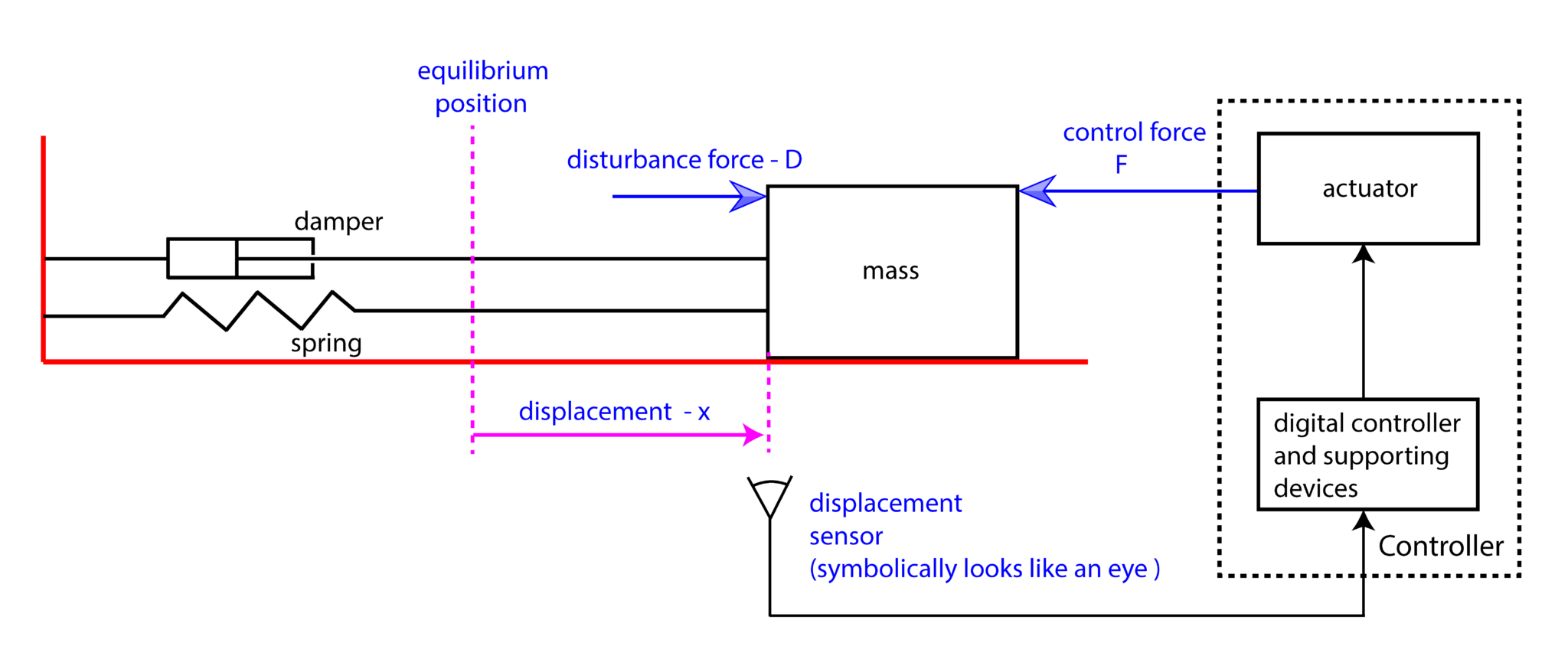What Are The Advancements In Electrical Engineering For Wireless Power Transfer Technology?
Wireless power transfer technology has emerged as a revolutionary development in the field of electronics. It allows electronic devices to be powered without physical connections, eliminating the need for cords and cables. This technology has a wide range of applications and is already being used in a variety of devices, including smartphones, wearables, and charging pads. One of the primary advantages of wireless power transfer technology is convenience. Users no longer have to hunt for charging cables or struggle with tangled cords. In addition, charging pads can be placed in convenient locations such as bedside tables or desks, making it easy to keep devices charged throughout the day. Wireless power transfer technology also has implications for environmental sustainability. By eliminating the need for disposable batteries and reducing the amount of electronic waste generated by charging cables, this technology helps to reduce our environmental footprint. The basic principle behind wireless power transfer technology is electromagnetic induction. This process involves the transfer of energy between two objects through an electromagnetic field. In wireless charging, a power source generates an electromagnetic field, which is received by a receiver coil in the device to be charged. This energy is then converted into usable power to charge the device's battery. There are two main types of wireless power transfer technology: near-field and far-field. Near-field technology is used in charging pads and requires the device to be in close proximity to the charging station. Far-field technology, on the other hand, can transmit power over a longer distance and is often used in applications such as wireless power transmission for electric vehicles. Wireless power transfer technology is rapidly evolving, and researchers are working on ways to improve its efficiency and range. One promising development is the use of resonant coupling, which allows for more efficient transfer of power over longer distances. Despite its many advantages, wireless power transfer technology also has some limitations. For example, its efficiency decreases significantly as the distance between the power source and receiver increases. In addition, charging times may be longer than with traditional wired charging methods. Despite these limitations, the potential applications of wireless power transfer technology are vast. In addition to smartphones and wearables, it could be used to power household appliances, electric vehicles, and even entire buildings. As the technology continues to improve, we can expect to see more and more devices using wireless power transfer in the future. Aside from the convenience and environmental benefits, wireless power transfer technology also has important implications for accessibility. For people with disabilities or limited mobility, not having to physically plug in devices can make a big difference in their daily lives. This technology has the potential to make many aspects of life easier and more accessible for people with disabilities. In addition to its practical applications, wireless power transfer technology is also making waves in the world of design. As designers look for ways to create sleek, minimalistic devices, the elimination of cords and charging ports opens up new possibilities for product design. Overall, wireless power transfer technology is an exciting development in the world of electronics. Its potential applications are vast, and we can expect to see more and more devices using this technology in the future. As researchers continue to improve its efficiency and range, it will become an even more important part of our daily lives. 
www.ednasia.com - wireless transfer power technology charging figure
Read also
- What Are The Emerging Trends In Power Distribution For Improved Energy Management?
- What Considerations Are Involved In Designing Electrical Systems For Data Centers And Cloud Computing Infrastructure?
- How Is Electrical Engineering Involved In The Development Of Smart City Infrastructure And Intelligent Urban Systems?




Post a Comment for "What Are The Advancements In Electrical Engineering For Wireless Power Transfer Technology?"